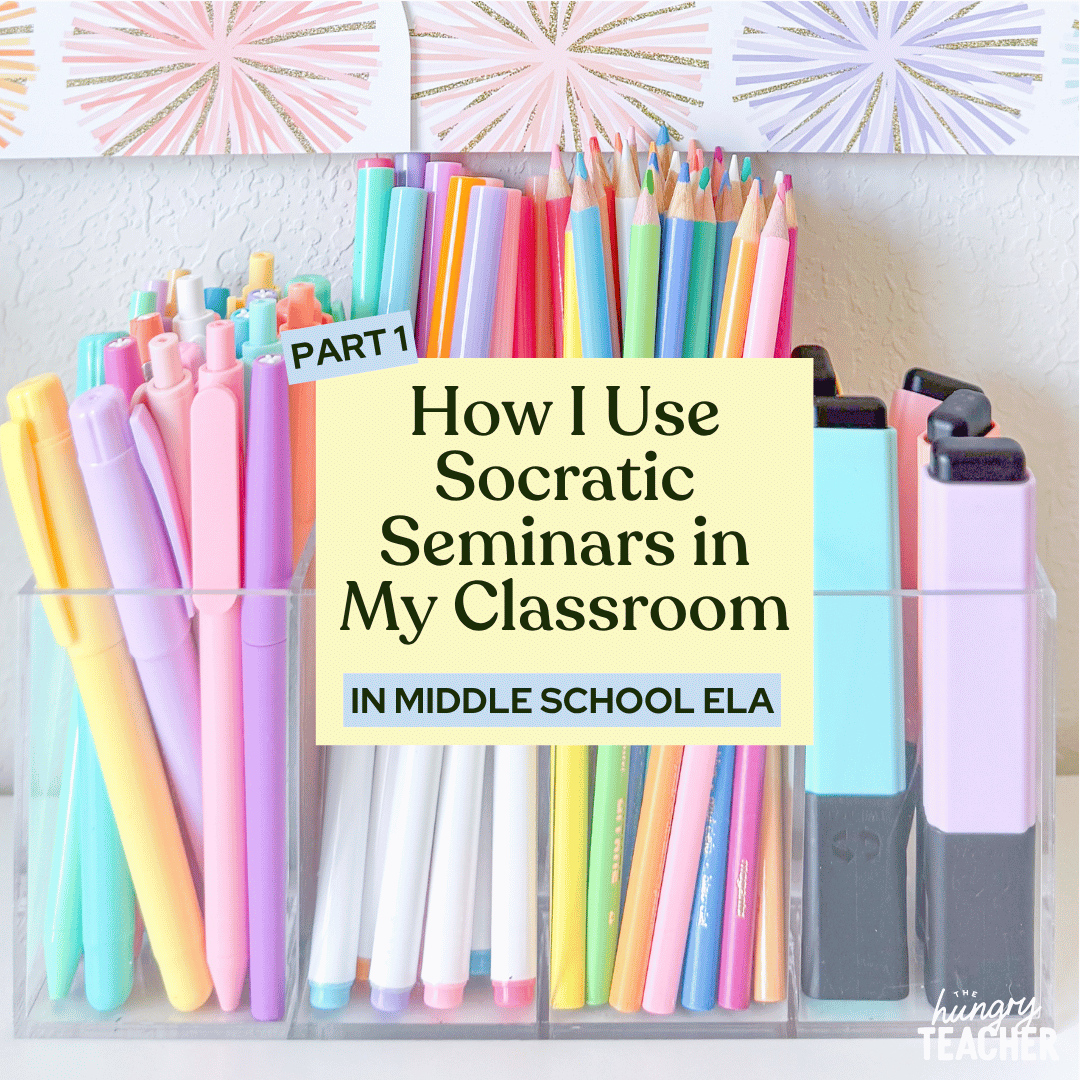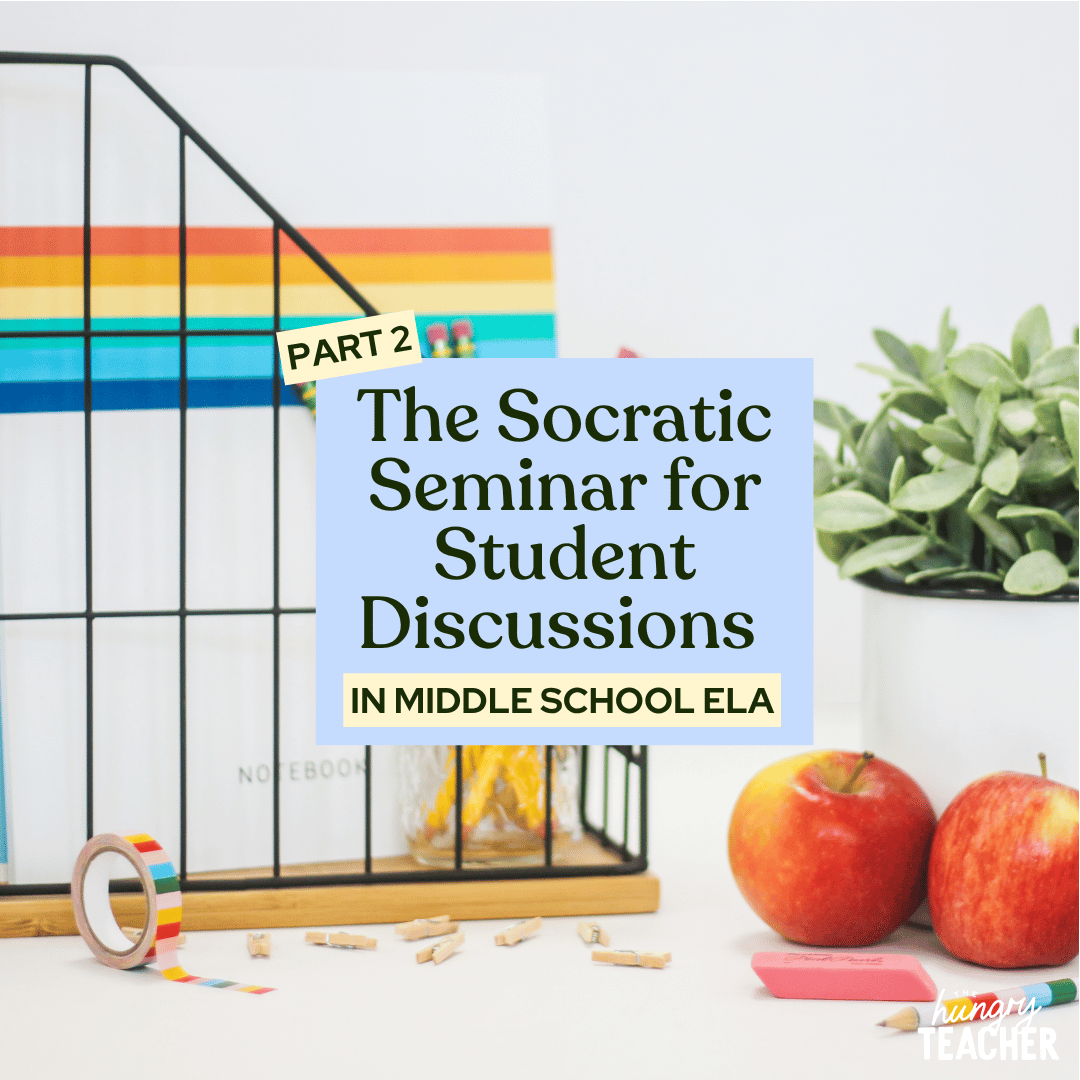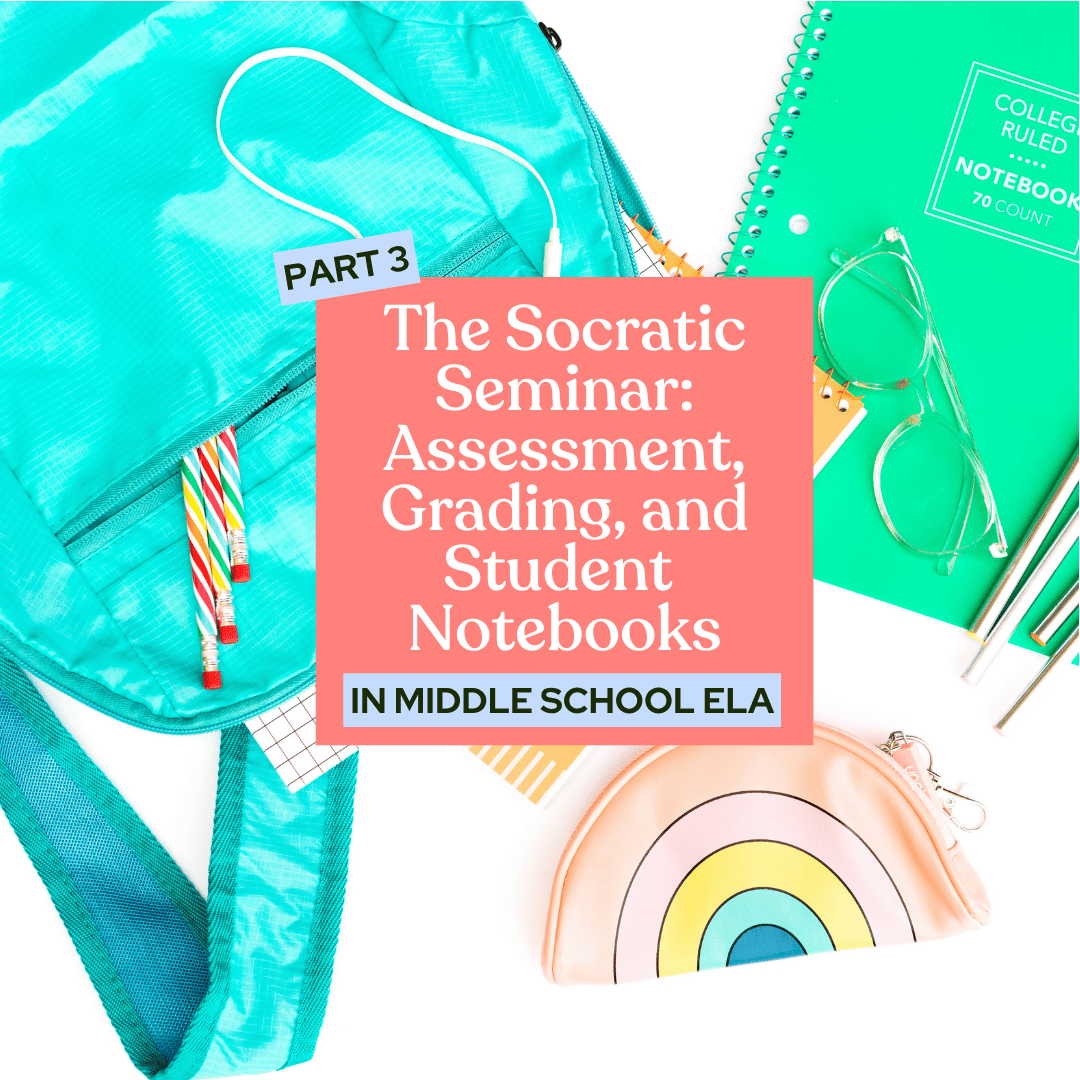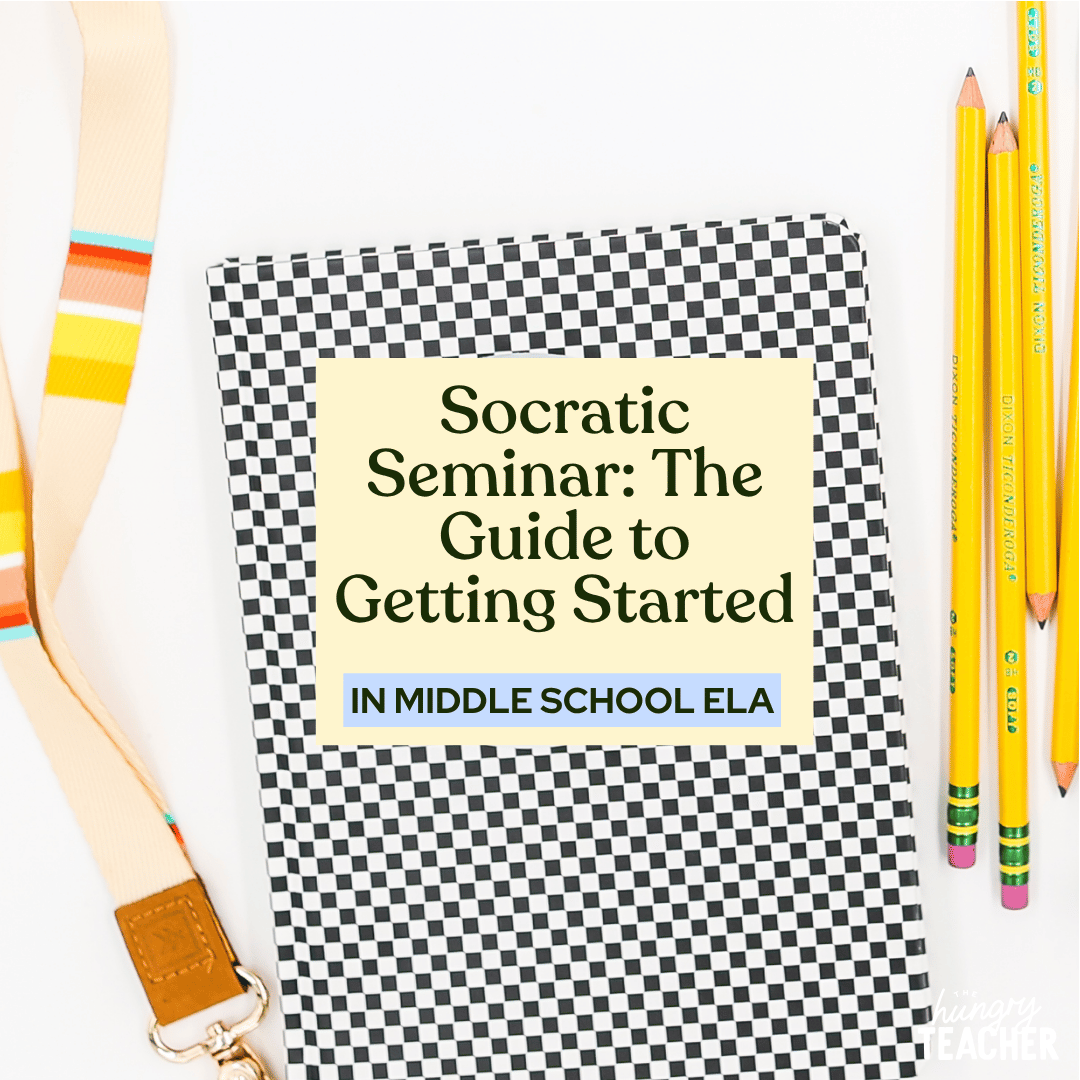hey friend!
I'm Martina.
I provide practical, time-saving strategies that actually work—so you can engage your students, teach effectively, and reclaim your time from the exhausting planning-grading cycle.
Browse Our ELA Resources
The Socratic Seminar: Assessment, Grading, and Student Notebooks
Part Three in the Socratic Seminar Blog Series
In the first two posts of this series, I shared what the Socratic Seminar is and how I use it in my upper elementary and middle school ELA classroom.
Now let’s talk about the question I get asked most often:
“How do you grade it all?”
This post walks through exactly how I assess student reading responses, manage notebooks, and give every student feedback—during class—without spending my nights buried in papers.
You can catch up on the earlier posts here:
Using the Socratic Seminar with Novels
If you’ve read Part Two, you know that my Socratic Seminar reading units aren’t built around comprehension quizzes or tests. That’s intentional. The purpose of these units isn’t to check whether students “got it”—it’s to help them think, question, and analyze deeply through discussion and written response.
That said, schools still require grades. Students are still producing written work. And yes—you can absolutely grade those responses effectively without drowning in essays.
After seven years of using this model, I’ve learned how to assess everything during class, give immediate feedback, and still keep students accountable for quality work.
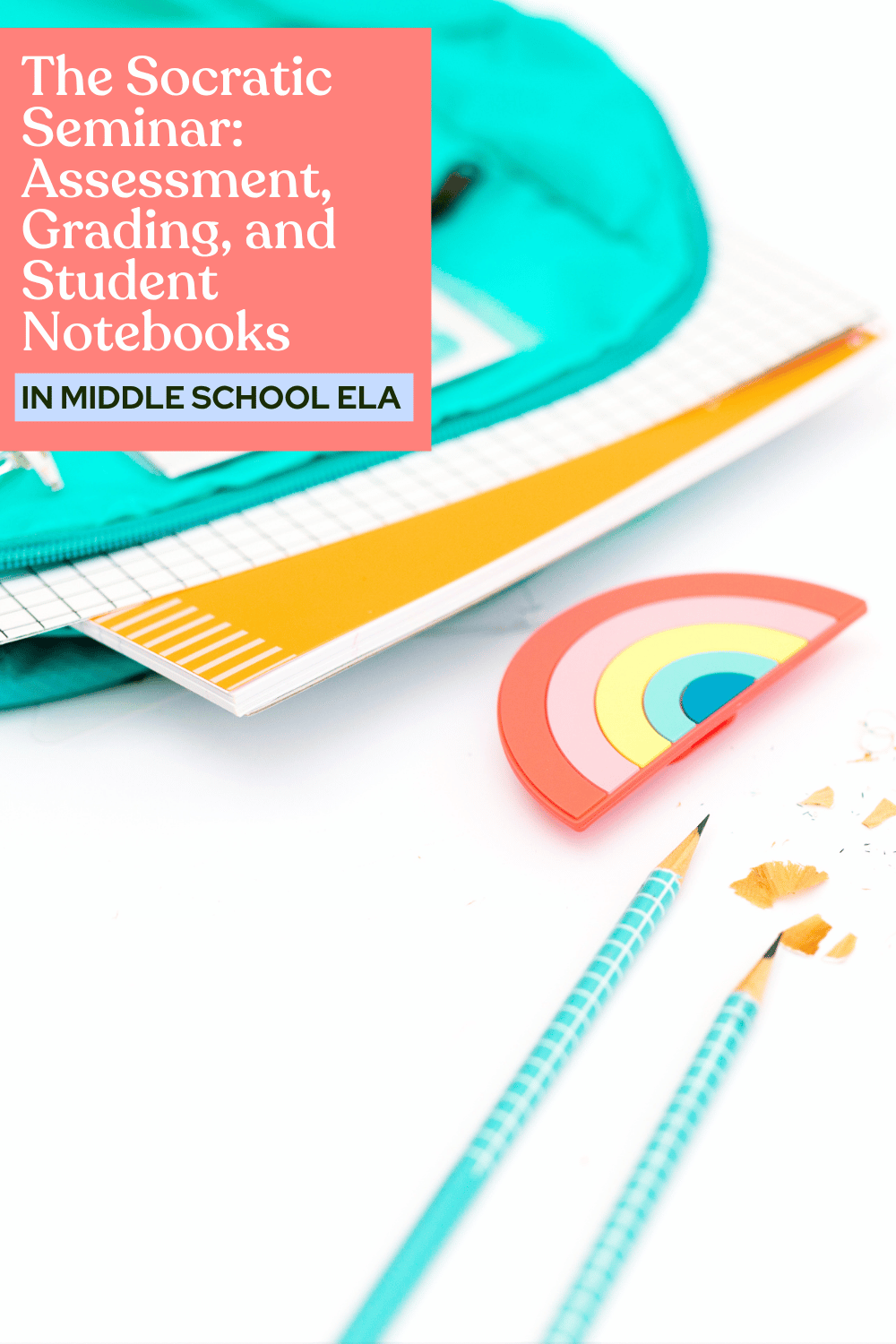
How I Grade All Student Work During Class
Yes, it’s possible—and yes, I have normal class sizes.
Six ELA classes, about 24 students each. Around 150 students total.
Here’s how I make it happen.
1. Set Clear Expectations
Before we start, students know exactly what the day’s response looks like. For example:
“You’ll write ¾ of a page (for 7th grade) or a full page (for 8th grade) in response to today’s interpretive question.”
I display the interpretive question on the board or projector while they write. For example:
Freak the Mighty: “What lessons can we learn from Freak and Max in this chapter? How does the author teach us these lessons?”
2. Create a Time Frame
I give 20–25 minutes for writing, but I build in flexibility because we always end class with 15–20 minutes of independent reading.
If a student doesn’t finish or needs to revise, that silent reading block becomes bonus time.
3. Grade in Real Time
While students write, they bring their work to me when finished.
If it’s strong, I grade it immediately using my rubric.
If it’s incomplete, off-topic, or missing text evidence, I send them back to add more.
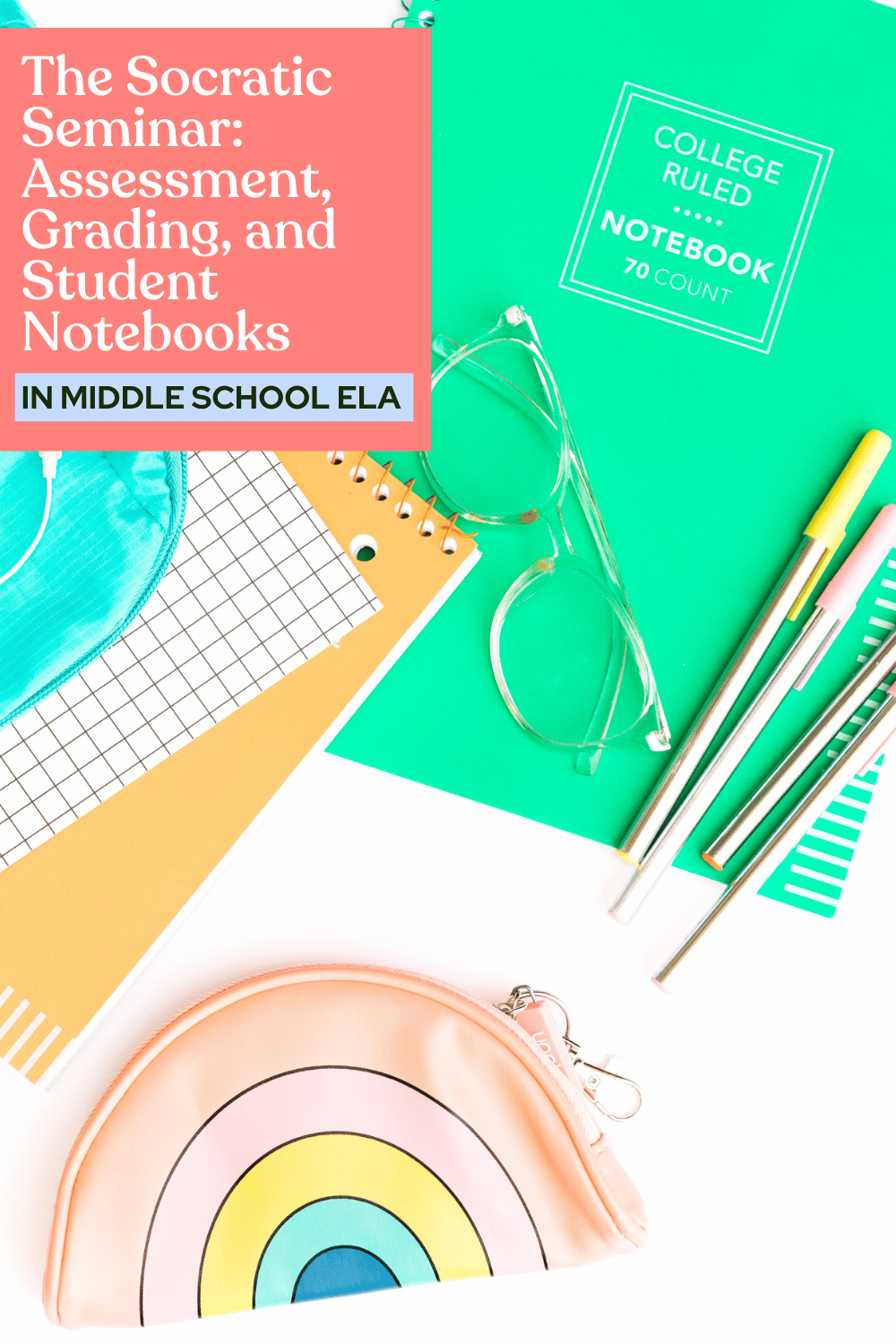
This continuous flow means I’m grading as they work instead of taking it home later.
By the end of class, every student has feedback and a grade.
Using Rubrics to Assess Reading Responses
When I first started, I used one generic reading response rubric for everything. Over time, I realized I needed flexibility—sometimes I wanted to grade just text evidence, and other times I needed to assess argumentation, organization, or mechanics too.
Now, I use a set of editable rubrics by grade level so I can focus on what matters most that day.
How I Use Them
I delete rows or columns I don’t need.
I assign points per category and total it quickly.
Students either record their own strengths and goals, or I jot them down if I take more time to grade.
These rubrics keep grading consistent, transparent, and fast.
Available Editable Rubrics by Grade:
How to Give Every Student Feedback in One Class Period
This method works with any reading response—novels, short stories, book clubs, poems, excerpts, even informational texts.
Students write their responses while I circulate.
They bring me their work when ready.
Strong writers often finish first. I check for clarity, evidence, and completion.
“Quick finishers” (aka the lazy ones—we all have them) usually need a nudge to include text evidence. I send them back to revise, and if needed, I pair them with peers who can model strong examples.
I provide immediate verbal feedback.
“You nailed the theme connection—next time, cite the quote directly.”
“Good start, but you need to explain why the character changed.”
This approach eliminates the need for lengthy written comments while still giving every student targeted, specific guidance.
Setting Students Up for Success
To make this system work, students need clear expectations from day one.
They know:
By keeping this consistent, students build writing stamina, accountability, and independence.
How long their responses should be
That they’ll be graded in real time
That revisions are part of the process
My favorite part? I leave school each day with zero grading to take home.
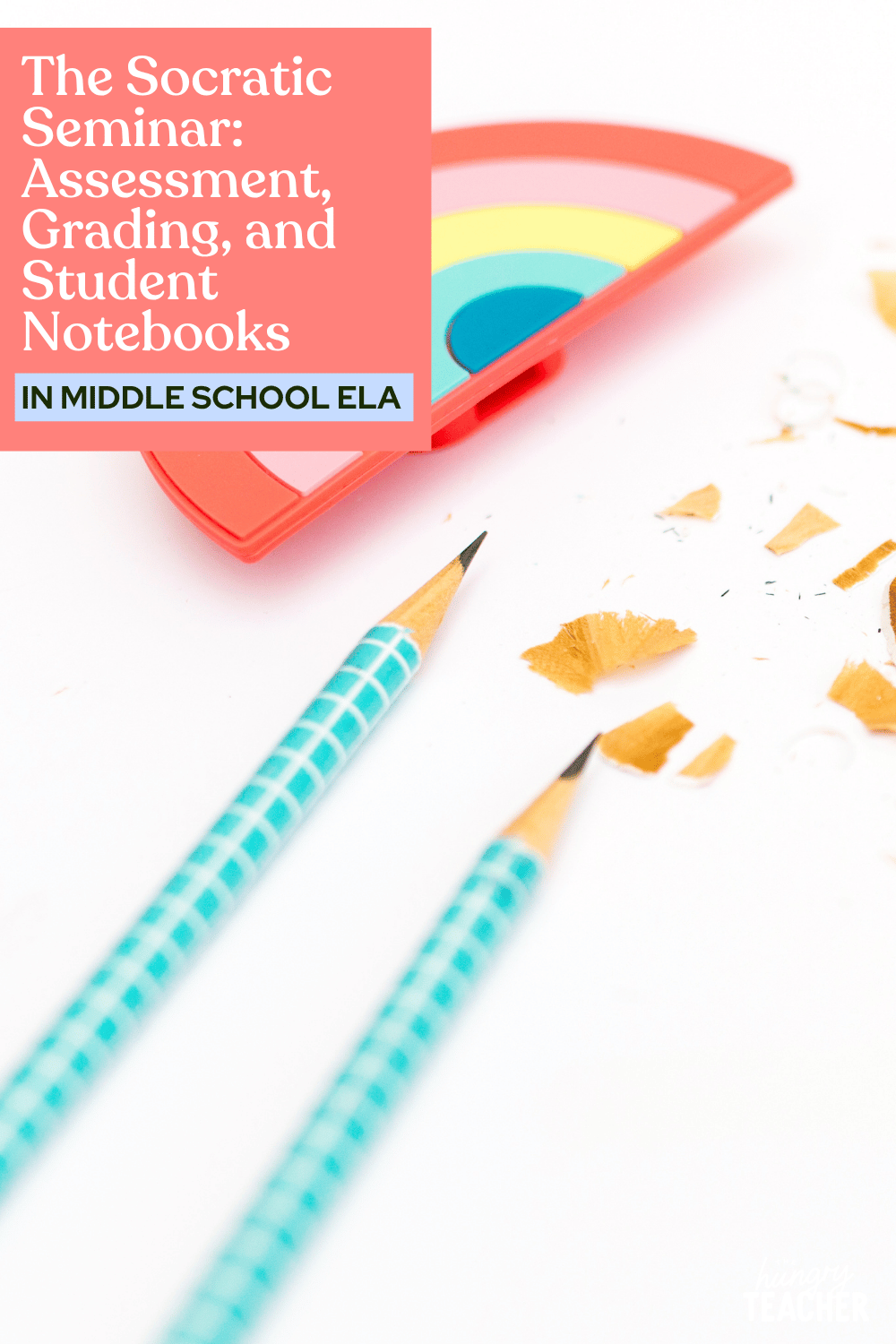
Adapting for Student Needs
This structure naturally differentiates itself.
Fast finishers can extend their writing or move on to independent reading.
Struggling writers can revise and resubmit right away.
Everyone gets real feedback instead of waiting weeks.
It’s flexible, efficient, and sustainable—especially if you’re balancing multiple preps or large class sizes.
Why This Works with Socratic Seminars
Because the Socratic Seminar model emphasizes thinking, not memorization, grading is about quality of thought rather than quantity of pages. Students aren’t rewarded for guessing what I want to hear—they’re evaluated on how well they connect ideas, use evidence, and engage critically with the text.
This system makes grading an extension of learning, not a separate event.
Related Posts in the Series
Grab the Free Rubric Pack
If you want to try this structure in your classroom, grab my Whole-Class Discussion Rubrics here or from my Free Resource Library for subscribers.
They’re editable, practical, and designed to make grading student responses simple, consistent, and fast.
Pin This for Later
Save this post to your teaching boards so you can revisit when you’re ready to start grading smarter—not harder.
Want a sneak peek at teaching The Hungry Teacher way—with support, structure, and strategy?
When you join the waitlist for The Hungry Teacher’s Hub membership, you get three free classroom-ready resources: a theme unit, an expository writing unit, and a grammar unit introducing mentor sentences. Plus, you’ll get immediate access to a selection of exclusives from the Hub, including editable sub plans, pacing guides, and more.
No strings attached. Just resources you can use right now—and a heads-up when the Hub opens.
3 Free Middle School ELA Units—yours to keep!
JOIN THE WAITLIST + A FREE GIFT
Where to next, line leader?
Welcome to The Hungry Teacher! We create resources that are easy to use, practical, and get results. Teach with confidence—and make it home before dinner.
xo, the hungry teacher
